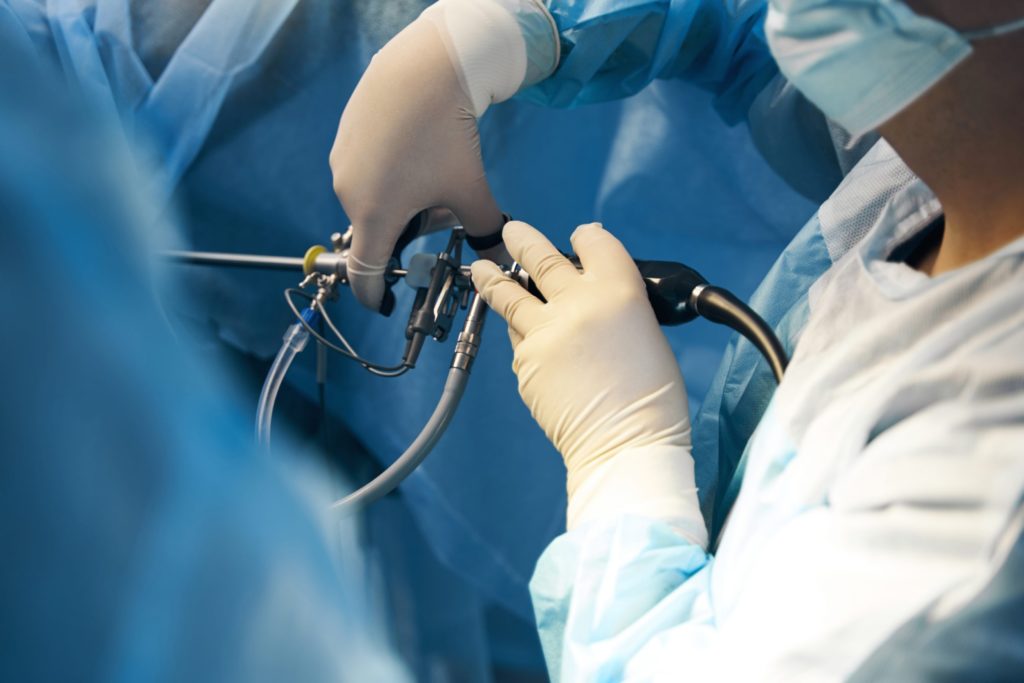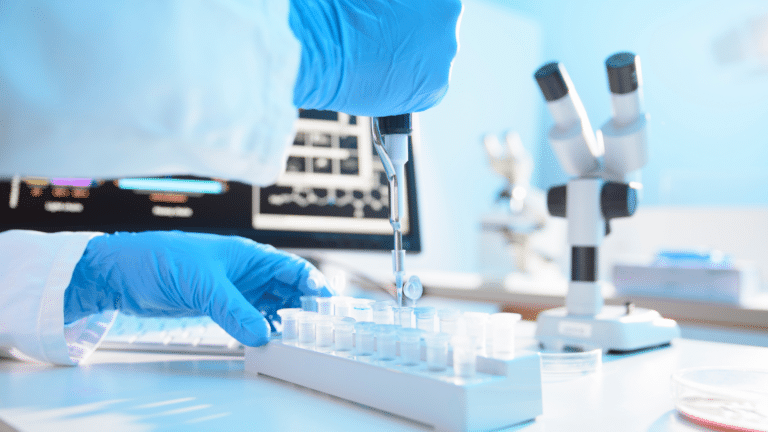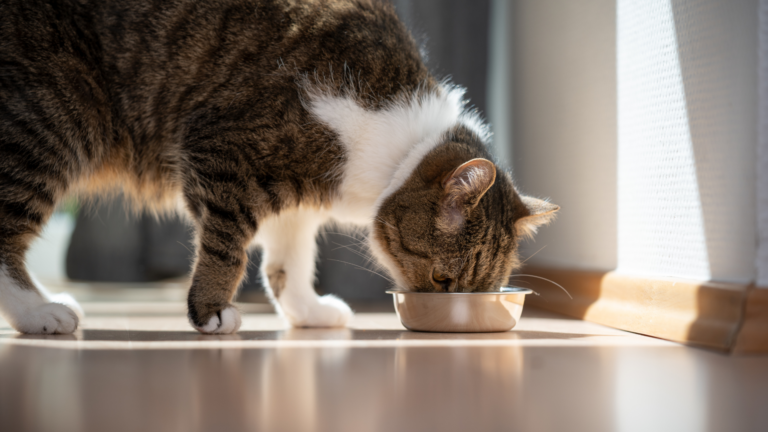At NextBeam, we are deeply experienced with dose mapping and assessing products for compatibility with E-beam.
What Is Virtual Dose Mapping and How Does It Differ from Physical Dose Mapping?
Virtual dose mapping (also known as “in silico” dose mapping) is a simulation-based approach that uses engineering drawings to predict the dose distribution within products, while standard dose mapping involves physically irradiating the product and measuring the dose using dosimeters.
Physical dose mapping provides direct experimental data on the dose received by the product, but requires careful planning and dosimeter placement to get useful results. Virtual dose mapping, on the other hand, can be performed without altering the product but relies on the accuracy of the computer models and simulations used. Both techniques are used currently for different steps of irradiator qualification, and we predict the use of virtual dose mapping tools will continue to grow as the modeling improves and the advantages of dose mapping without needing physical product become clear.
Dose Mapping Tools Currently Available
At NextBeam we’re often asked about the use of virtual dose mapping tools by our customers. In short: we’re fans of this technology but it’s important to understand that there are places today where these tools can produce definitive value – as well as areas in which they cannot yet. Several virtual dose mapping tools are in some stage of development or availability:
In this post we comment on the pathway we see for the adoption of these tools for use in new product development and/or transferring products between radiation sources.
The amount of time it will take for virtual dose mapping tools to be considered equivalent to dosimeter based dose measurements is proportional to the risk and complexity of the dose map. For some critical activities like PQ dose mapping there are significant obstacles to adoption, however there are several valuable use cases in which these tools could be used at present.
Forecasting Industry Acceptance of Virtual Dose Mapping Tools
We predict the following stages for industry acceptance of virtual dose mapping tools:
Stage 1: Use in planning OQ of gamma irradiation treatment areas during commissioning or resourcing.
- This has been standard practice for several decades in gamma irradiators due to the radiation source being stable and well characterized in terms of geometry and activity, and the absence of complex product related variables. This stage is important to acknowledge to understand that these tools are not new and have a history of use in critical applications – the missing piece is how to apply these tools to a wide range of complex medical devices in a variety of configurations.
Stage 2: Use in R&D to identify product and packaging configurations that are likely to be compatible and/or most efficient for radiation sterilization.
- This use of virtual dose mapping tools would not reduce or replace any PQ dose mapping activity and would require little to no validation. The main benefit of this for device manufacturers is the ability to evaluate product and packaging configurations before the physical product exists and without having to pay and wait for physical dose maps to iterate product designs.
Stage 3: Given a range of similar candidate products, identify the product with the most challenging dose distribution for creating a processing category and reducing the amount of PQ dose mapping required.
- This use of virtual dose mapping tools could occur alongside existing assessment techniques for comparison of product related variables for similar candidate products, with the benefit of reducing the extent of testing required.
- The level of risk and extent of validation required of the virtual dose mapping tool would depend on how different the candidate products are, and the strength of other components of the assessment.
- At this point, there is some reliance on the dose mapping tool to make quality decisions so some level of validation would be required.
- This stage could also include evaluating changes to existing products to decide if the changed product is more or less challenging to sterilize.
Stage 4: Reducing PQ dose mapping sample size by identifying likely minimum and maximum dose locations within a product.
- While this would require some level of validation to replace physical measurements, some products could be dose mapped more accurately this way. For example, applying a large quantity of dosimeters to a small or low-density product with complex design features presents a risk of adulterating the dose map by significantly altering the mass and mass distribution of the item being mapped. A virtual dose mapping tool could improve the quality and consistency of the dose mapping exercise by predicting a smaller number of locations to place dosimeters.
- Quality could also be improved compared to a physical dose map for devices where certain design features are inaccessible for physical dosimeters or where dosimeter placement would interfere with an otherwise accessible feature.
- Another benefit to quality and consistency of results is that physical dose mapping is performed by taking a small number of measurements covering a few square centimeters of the product. A virtual dose mapping tool does not have this limitation and covers the entire product.
Stage 5: Replacement for PQ dose mapping
- Virtual dose mapping tools are not likely to completely replace PQ dose mapping measurements until the software can convincingly account for additional variables encountered during a dose mapping exercise, such as product shifting or settling while traveling to the irradiator and along the irradiator conveyance system. The level of risk associated with variation in product configuration also depends on the penetration of the irradiation source and the nature of product manipulations before and during the irradiation process. A virtual dose mapping tool could require more careful use for radiation sources with lower penetration or for products that are tipped on their side or inverted during the irradiation process.
- Replacement of PQ dose mapping would require extensive validation by comparing results of modeling to dose mapping measurements in relevant product materials and configurations to establish that any significant variables affecting dose are accounted for by the model. This validation could be performed using historical data by an organization with access to both dose mapping data and CAD files for a large number of products.
Unlocking the Potential of Virtual Dose Mapping
Our outlook is that these “in silico” dose mapping tools will continue to evolve and generate value especially for customers sophisticated enough to have detailed and fully-characterized CAD models that they can use as input for these tools. With these models, detailed trade studies evaluating radiation sterilization compatibility against packaging configuration can be performed during the product development process *before* any product is actually manufactured. This is new and groundbreaking capability that will help manufacturers bring products to market that can be sterilized by sustainable modalities like E-Beam.
At NextBeam we are deeply experienced with dose mapping and assessing products for compatibility with E-beam – please contact us if you’d like an expert consultation to determine if your product is a good fit for electron beam sterilization.
Additional Articles We Think You Might Like
Have a question? Speak with a sterilization expert today, at your own convenience.





